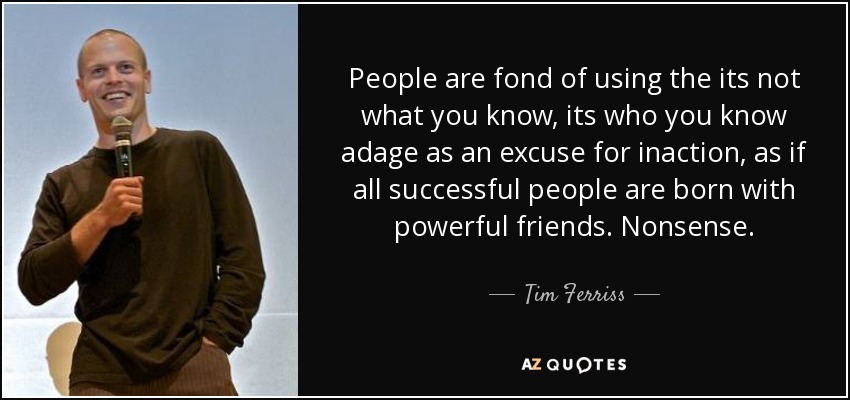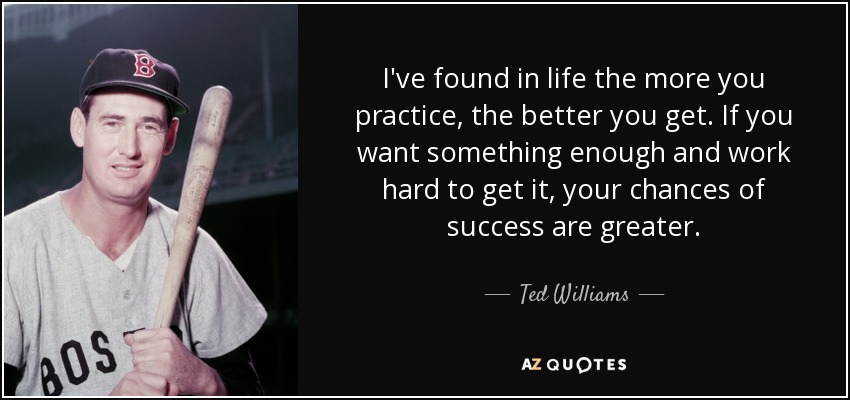You Are Your Own Benchmark.
Whatever you want to do, your starting point is different from other people. You have a different KASH from others.
KASH stands for Knowledge, Attitude, Skills and Habits.

KASH stands for Knowledge, Attitude, Skills and Habits.

129) You are your own benchmark
Don't be intimidated by the success of others.
Start from where you are.
To improve, you need to look at Your KASH. Improve on every one of that values.
Start one by one if you have to.
Don't worry about your level. Just start improving yourself.
The most important is you must start.
To improve all at the same time may be good. But some time, too much change is too overwhelming.
Too much sudden changes will make you feel uncomfortable and resist the sudden change.
Take time and start slow. Increase the pace and get the momentum. Once you get the momentum, nothing can stop you.
Even if you not sure how to start, just think of the best options.
Then you try and do something. If you don't start, nothing will change.
Take the example of the a racing car and a train. Some people start fast while others start slow. Racing car can start fast but can only take small load. Racing car also cannot sustain for long distance. Meanwhile, train starts slow but can take heavy load and go for long journeys.
If you did not start the car's or train's engine, it is not going to move even 1 inch.
If you did not start the car's or train's engine, it is not going to move even 1 inch.
The best is when you can start fast and last long.
So you look at yourself and know your own KASH.
Find out what are your knowledge and skills. Learn from YouTube, books, Wikipedia, Google, etc. If you need more info, ask your friends, attend classes, look for a teacher or mentor.
Attitude and Habits are more of personal development. Change and set your attitude to be good. Bad Attitude will destroy your future. Good Attitude will open many Doors of Opportunities for you..
Habits are what you do continuously. Practice what is good and make it into a habit.
If you want to change your habit, be aware of your current habit. Make extra effort to change it to the habit you want.
The most important of the KASH is Habits. If your habit is good, you will keep doing the good things.
Find out what are your knowledge and skills. Learn from YouTube, books, Wikipedia, Google, etc. If you need more info, ask your friends, attend classes, look for a teacher or mentor.
Attitude and Habits are more of personal development. Change and set your attitude to be good. Bad Attitude will destroy your future. Good Attitude will open many Doors of Opportunities for you..
Habits are what you do continuously. Practice what is good and make it into a habit.
If you want to change your habit, be aware of your current habit. Make extra effort to change it to the habit you want.
The most important of the KASH is Habits. If your habit is good, you will keep doing the good things.
Create your TAPAH.
Take Appropriate & Planned Action Habits.
View a short video on TAPAH here
https://www.youtube.com/watch?v=T8pYNZCEJ7c
View a short video on TAPAH here
https://www.youtube.com/watch?v=T8pYNZCEJ7c
Motivation is What Gets You Started,
Habit is What Keeps You Going.

Look at the picture below to know more about Habits.

Video version of this article in YouTube.

Video version of this article in YouTube.













































